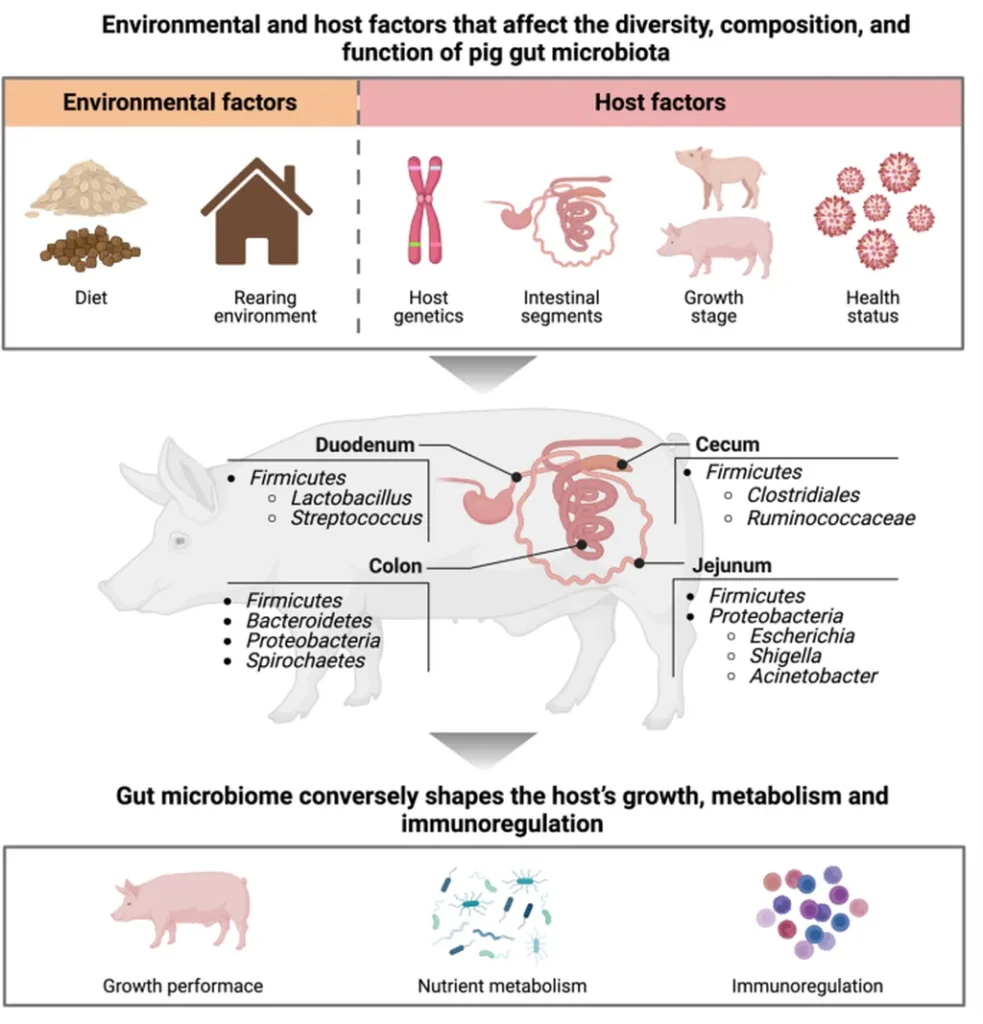In the ongoing battle against antimicrobial resistance, a recent study has shed light on the intricate dance between livestock breeds, their gut microbiota, and the alarming proliferation of antibiotic resistance genes (ARGs). Published in the journal *Ecotoxicology and Environmental Safety* (translated as *Environmental Toxicology and Safety*), this research, led by Xi Bai from the College of Animal Science at Anhui Science and Technology University and the Yunnan Provincial Key Laboratory of Animal Nutrition and Feed Science at Yunnan Agricultural University, offers a nuanced look at how different pig breeds might influence the spread of ARGs and the potential transmission to piggery workers.
The study, which integrated metagenomics and whole-genome resequencing, focused on two pig breeds: Saba (SB) and Large White (LW) pigs raised on the same farm. The findings revealed a fascinating interplay between the gut bacterial and viral communities of these pigs and the abundance of ARGs in their feces. “We observed higher abundance of gut bacterial and viral communities in SB pigs, along with a lower abundance of tetracycline and aminoglycoside resistance genes,” Bai explained. This suggests that the gut microbiota plays a pivotal role in shaping the antibiotic resistome—the collection of ARGs in a given environment.
One of the most compelling aspects of the research is the concept of phylosymbiosis, which describes the relationship between the evolutionary history of a host and its associated microbial communities. The study found that host phylogeny—essentially, the evolutionary lineage of the pigs—primarily controls the antibiotic resistome in pig feces, with gut bacterial communities acting as intermediaries. “The structural equation model revealed that host phylogeny directly controls the antibiotic resistome, with additional indirect effects mediated by gut bacterial communities,” Bai noted.
The implications of this research extend beyond the farm, particularly in understanding how ARGs might be transmitted to humans. The study investigated the flow of ARGs from pig feces to workers, considering various vectors such as sludge and flies. Surprisingly, the findings indicated that pig feces directly contribute to the ARGs found in worker feces, while flies play a minor role. This underscores the importance of implementing stringent hygiene and biosecurity measures in piggeries to curb the spread of ARGs.
For the energy sector, particularly those involved in waste management and biogas production from agricultural waste, this research highlights the need for careful monitoring and management of ARGs. As biogas production often involves the anaerobic digestion of animal manure, the presence of ARGs in pig feces could pose risks to both the environment and public health. Understanding the dynamics of ARGs in livestock can inform better practices for waste treatment and energy production, ensuring that these processes do not inadvertently contribute to the spread of antimicrobial resistance.
Looking ahead, this research paves the way for more targeted interventions in livestock farming. By understanding how different breeds influence the antibiotic resistome, farmers and policymakers can make informed decisions about breeding practices and biosecurity measures. “Our findings are essential for developing effective measures to combat antimicrobial resistance in pigs and potential threats to public health,” Bai emphasized.
As the world grapples with the growing threat of antimicrobial resistance, studies like this one offer crucial insights into the complex web of interactions between animals, microbes, and the environment. By unraveling these connections, we can better protect both human health and the sustainability of our agricultural systems.

